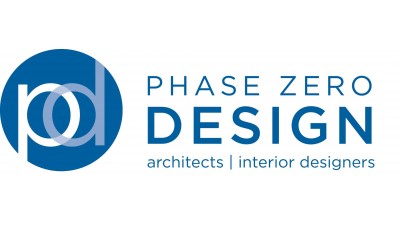3 Questions All Retail Designers Must Ask

The basic principles of retail space design are very clear. Focus falls on location, tenant mix, budget and schedule. To maximize those components, customer experience must be made a priority.
The approach of designing around experiences is often difficult to define, and the intent is not always clear, so Bisnow caught up with Phase Zero Design associate principal Shawn Bland to nail down to perfect approach for retail design.
“A design experience strategy involves uniting as many touchpoints with the brand, both digitally and physically, to create an optimal experience,” Shawn says. He says that to efficiently develop the ideal experience, designers need to ask clients these key questions before beginning to bring their vision to life.
Q: How is your customer interacting with your brand prior to entering the physical store?
Shawn says it’s important to discuss the types of technology customers are using to research and get to know the client’s brand. Are they looking for specific events, deals or product trends? Are there special apps or other types of social media that incorporate brand elements?
“Designers can take away from this discussion the key elements that are important to our client and how technology can be integrated into the design,” he tells us. “Understanding what and how the users are engaging the brand can help the designer seamlessly integrate those key components from the digital to the physical environment. Brand-specific logos, colors, and even the overall feeling they experience can be identified at this stage.”

Q: How is your customer engaged once at your store?
A customer’s first impression of a store is critical. It is also influenced in several ways, whether it be the style of music that greets them or the scent from candles selected to set the mood for shoppers.
“Most clients have an understanding of what they want their customers to experience,” Shawn tells us. “But they might not be able to clearly express those ideas.”
Shawn says to walk clients through broader concepts—such as overall lighting—and simpler concepts—such as where to arrange aspects of furniture or other stations—with the client separately so they better imagine the finished look of the space.

Q: What do you want your customer to experience once inside?
Developing an inviting and pleasing in-store experience is key to all retailers. The strategies they use to generate that experience can significantly impact which types of technology are integrated into the interior design.
“Vignettes—or tiny models of the space—can quickly depict preferred locations of user interaction areas, cash wraps and other featured elements,” Shawn says. “Items to consider showing are lighting, scale, uses and even online pick-up areas.”
To learn more about this Bisnow content partner, click here.

